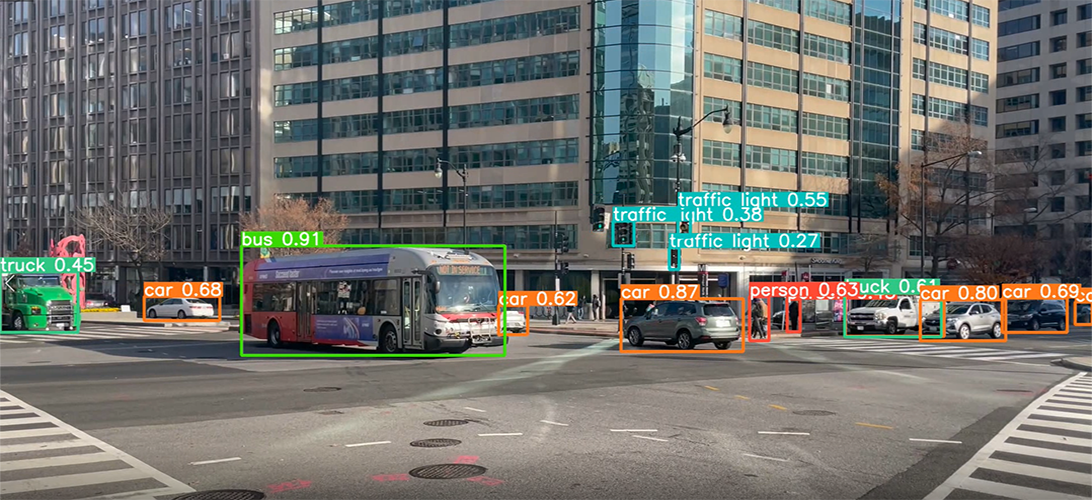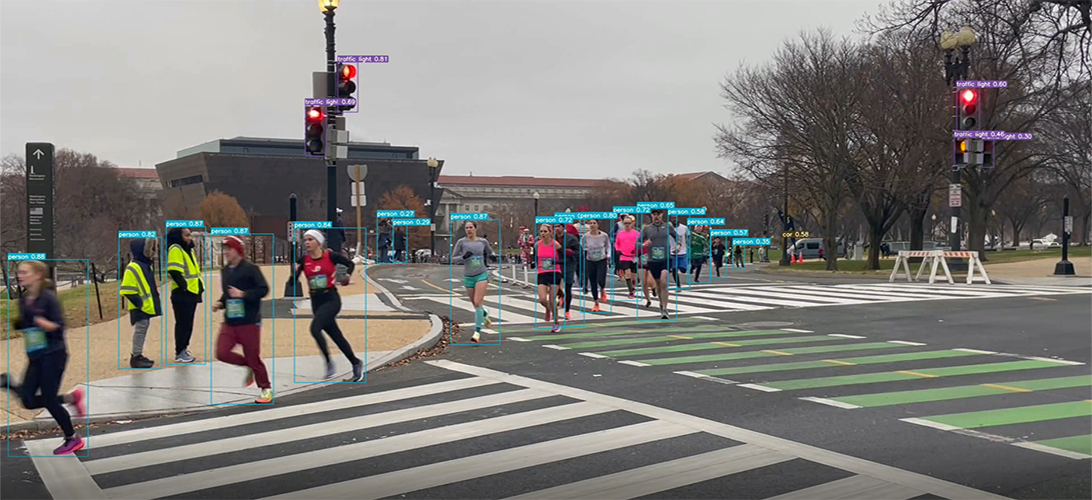Our Robotic Process Automation (RPA) development life cycle includes the following phases:
01 Candidate Identification
During this phase, our team identifies the business processes that are suitable for automation and decides
on the scope of the project. Our team also establishes the goals and objectives for the RPA project,
including the expected benefits and return on investment.
02 Process Analysis
During this phase, our team team analyzes the current processes to be automated and identifies the inputs, outputs, and actions needed for automation. Our team also assesses the feasibility of the project and develops a detailed plan for implementation.
03 Solution Design
During this phase, our team designs the automation workflows, including the sequence of steps, logic, and decision points. Our team also creates the bots that will perform the automation and establishes the necessary infrastructure and tools.
04 Development
During this phase, our team team builds and tests the bots and automation workflows. This includes coding, configuration, and testing to ensure that the bots perform as intended.
05 Testing
During this phase, our team conducts various tests to ensure that the bots and workflows are functional, efficient, and error-free. This includes unit testing, integration testing, and user acceptance testing.
06 Deployment
During this phase, our team deploys the bots and automation workflows to the production environment. Our team also provides training and support to end-users and stakeholders.
07 Monitor & Maintenance
During this phase, our team monitors and maintains the bots and automation workflows, ensuring that they continue to operate as intended. Our team also makes updates and improvements as needed to optimize the automation processes.
08 Optimize & Scale
After deployment and maintenance, optimizing and scaling are important phases in the Robotic Process Automation (RPA) development life cycle. These phases help to ensure that the RPA solution continues to deliver value and meet the evolving needs of the business.
Optimizing is the process of analyzing and refining the RPA solution to improve performance and efficiency. This may involve identifying and addressing bottlenecks, reducing errors, and fine-tuning the bots and workflows to improve their accuracy and speed. Optimization may also involve leveraging machine learning and other advanced technologies to enhance the automation capabilities of the solution.
Scaling is the process of expanding the RPA solution to accommodate growing volumes of data and business processes. This may involve adding more bots, increasing processing power and storage, and integrating new systems and applications into the RPA solution. Scaling may also involve automating additional business processes or departments to maximize the benefits of the RPA solution across the organization.


